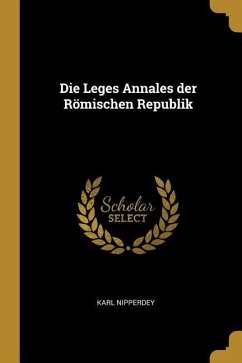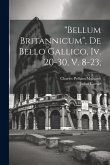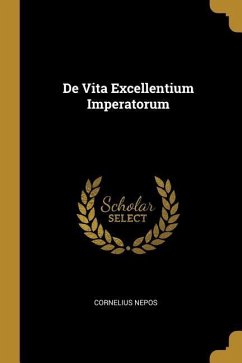Leges Novellae V. Anecdotae Imperatorum Theodosii Junioris Et Valentiniani III is a critical edition of previously unpublished constitutions (Novellae) of the Roman Emperors Theodosius II and Valentinian III. This scholarly work, edited by Giovanni Cristoforo Amaduzzi, provides access to legal texts vital for understanding the evolution of Roman law during the late imperial period. The edition includes variant readings taken from the ancient Ottobonian manuscript, offering valuable insights into the original texts and their subsequent interpretations. This volume is an essential resource for legal historians, classicists, and scholars of Roman law, providing access to primary source material crucial for understanding the legal and political landscape of the 5th century Roman Empire. It sheds light on the legislative activities of Theodosius II and Valentinian III, offering a detailed view of how imperial power shaped Roman jurisprudence. This work has been selected by scholars as being culturally important, and is part of the knowledge base of civilization as we know it. This work was reproduced from the original artifact, and remains as true to the original work as possible. Therefore, you will see the original copyright references, library stamps (as most of these works have been housed in our most important libraries around the world), and other notations in the work. This work is in the public domain in the United States of America, and possibly other nations. Within the United States, you may freely copy and distribute this work, as no entity (individual or corporate) has a copyright on the body of the work. As a reproduction of a historical artifact, this work may contain missing or blurred pages, poor pictures, errant marks, etc. Scholars believe, and we concur, that this work is important enough to be preserved, reproduced, and made generally available to the public. We appreciate your support of the preservation process, and thank you for being an important part of keeping this knowledge alive and relevant.
Bitte wählen Sie Ihr Anliegen aus.
Rechnungen
Retourenschein anfordern
Bestellstatus
Storno





![Bellum Gallicum, (books V. [and] Vi); Bellum Gallicum, (books V. [and] Vi);](https://bilder.buecher.de/produkte/71/71710/71710710m.jpg)


